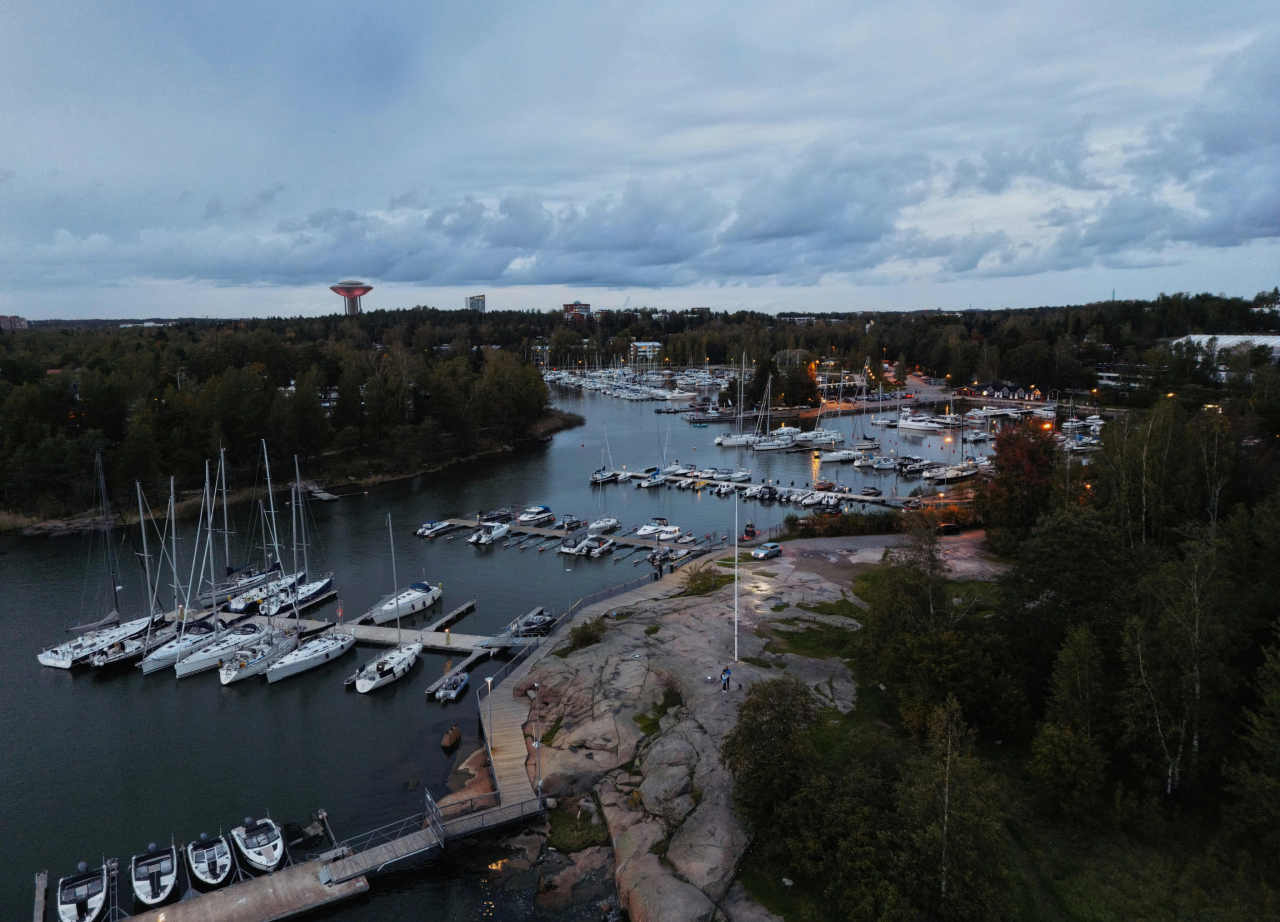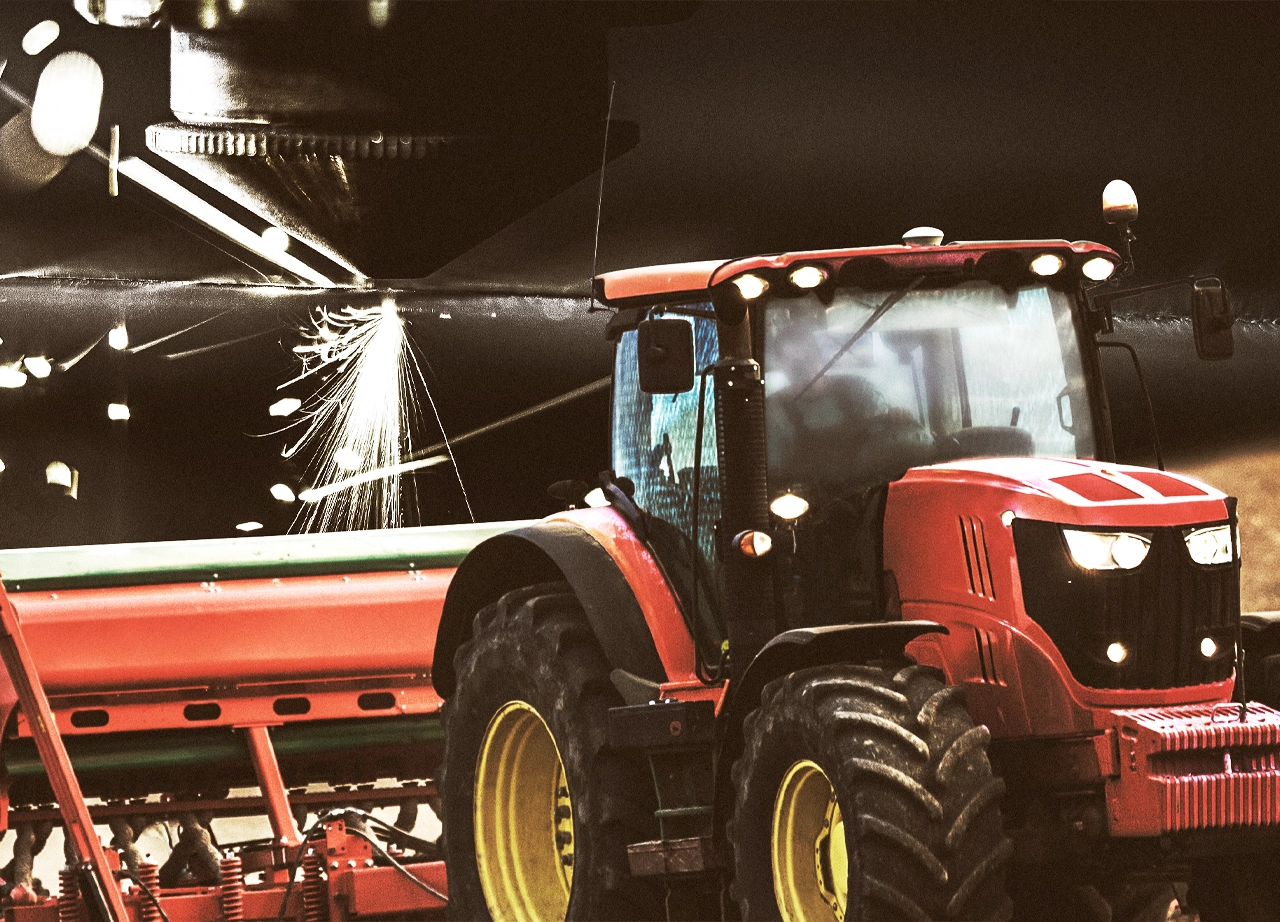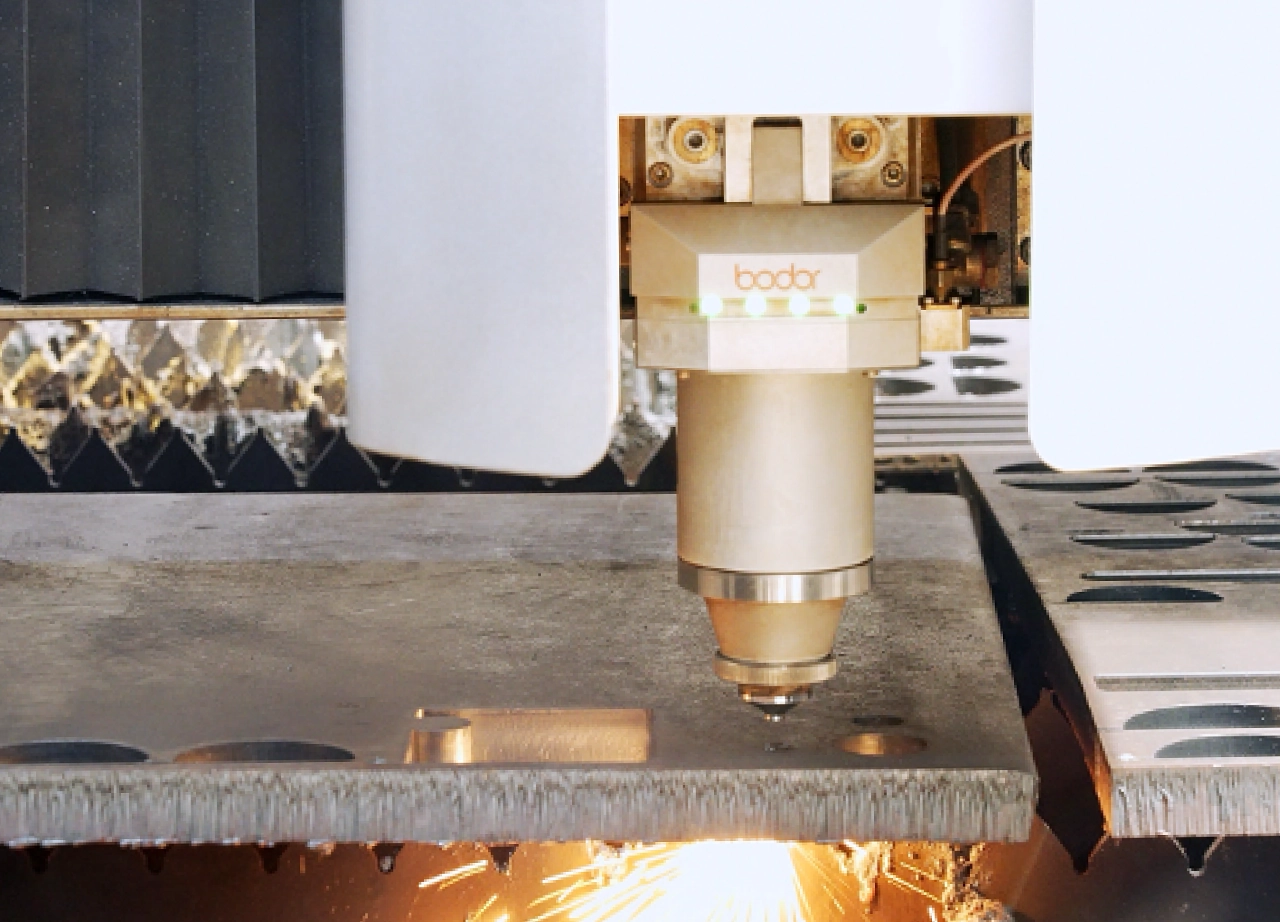Bodor Tech Blog
Trending and helpful laser knowledge for your success
Laser vs. Plasma: Which Is the Best Tool for Structural Steel Fabrication?
Are you facing any obstacles in your steel construction project, such as restricted precision, low speed, intricate procedures, or complicated drawing component separation? We are here to assist you in choosing the proper cutting method to deal with them.
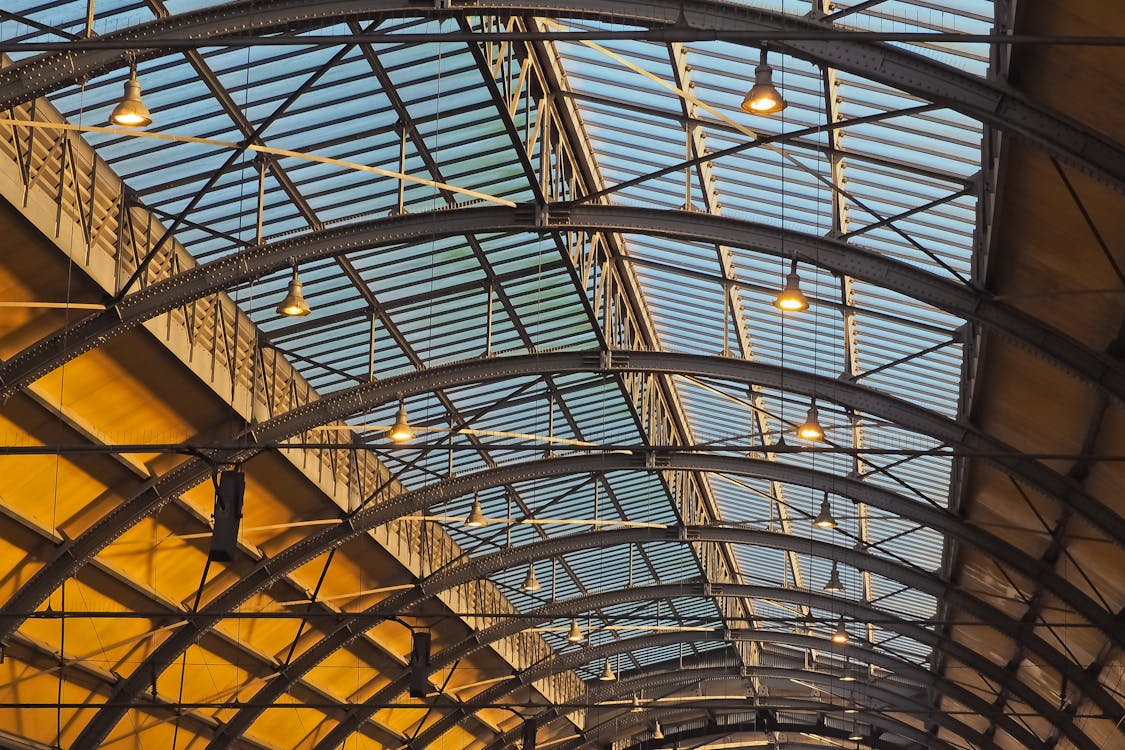
Two popular methods for structural steel fabrication are laser cutting and plasma cutting. By comparing their effectiveness in speed, cost, quality, precision, and multi-functionality, we can help you make an informed decision.
Download Bodor Whitepaper Now
Looking to gain insights into structural steel? Download the Bodor industry whitepaper now and get your hands on a comprehensive guidebook.
[Get steel construction whitepaper]
Productivity first: cutting speed and work efficiency
Speed is a vital consideration for structural steel fabricators, with laser cutting emerging as a front-runner due to its remarkable efficiency.
The main type of structural steel used is carbon steel. When cutting such material, high-power lasers, particularly those exceeding 10kW, can achieve cutting speeds up to 4.75 times faster than plasma cutting. This accelerated pace facilitates the swift completion of tasks, bolstering overall production line performance.
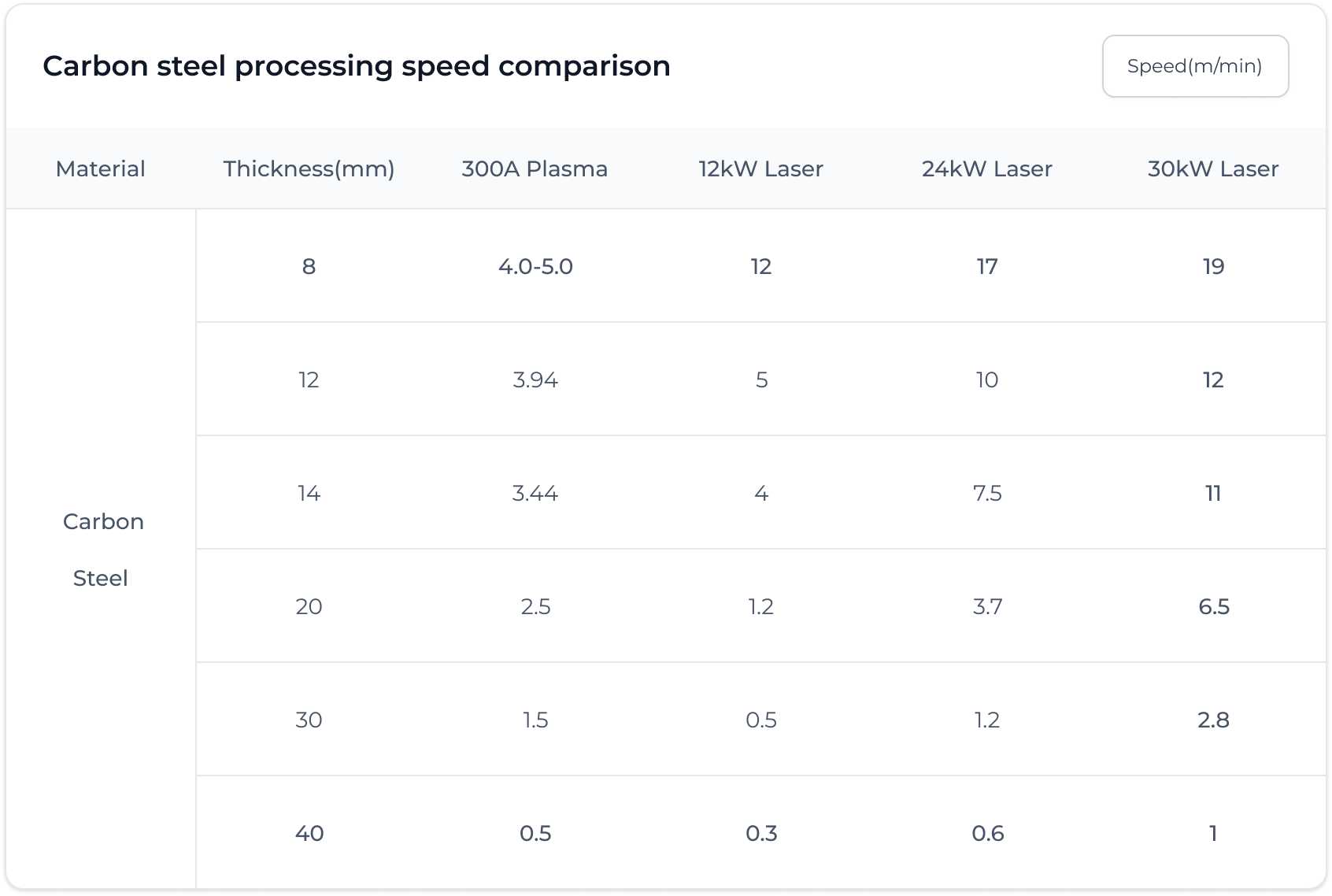
In addition, the process of separating the drawing components can be time-consuming. Traditional plasma cutters cannot directly recognize the drawings, which requires separating layers and format conversion. However, Bodor has launched special laser cutting machines specifically designed for structural steel fabricators. These machines can seamlessly integrate with the industry software Tekla, resulting in significantly improved work efficiency, reaching 23-27 tons/person.
Cost efficiency: exploring the financial impact
When it comes to cost-effectiveness, laser cutting stands out due to its longer lifespan, lower operational costs, and reduced labor costs because of the high automation level.
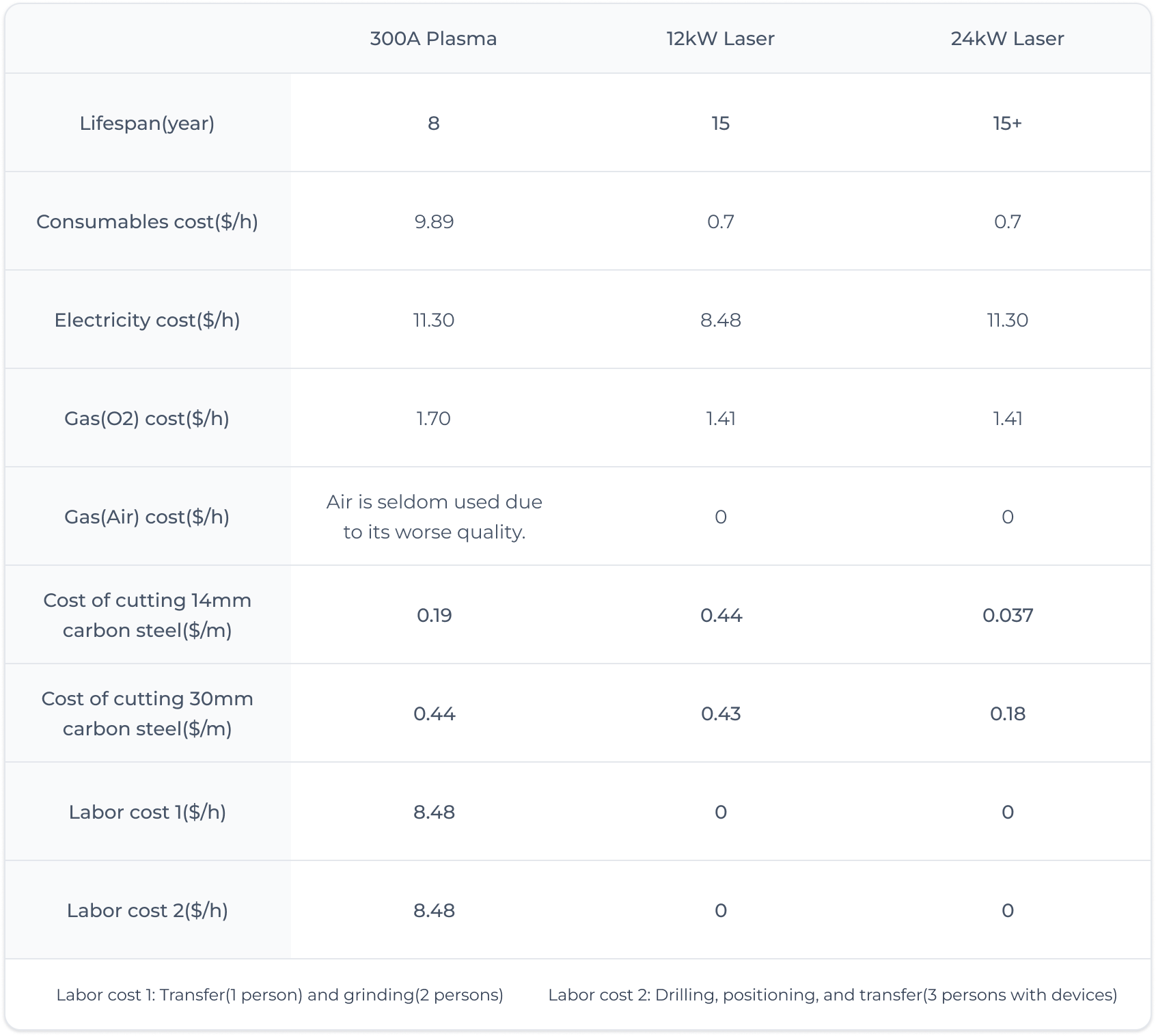
In addition, laser cutting machines can also make the best of materials. The new generation of CNC laser cutting machines can intelligently optimize nesting, diminishing the generation of remnant material during the processing of intricate shapes.
Cut quality: ensuring excellent products
Laser cutting ensures high cut quality by using a non-contact approach, resulting in minimal surface damage. It delivers clean, precise cuts with narrow kerfs and minimal taper. In contrast, plasma cutting's wider kerf and heat-affected zone can result in rough edges and metal distortion, necessitating additional finishing steps.
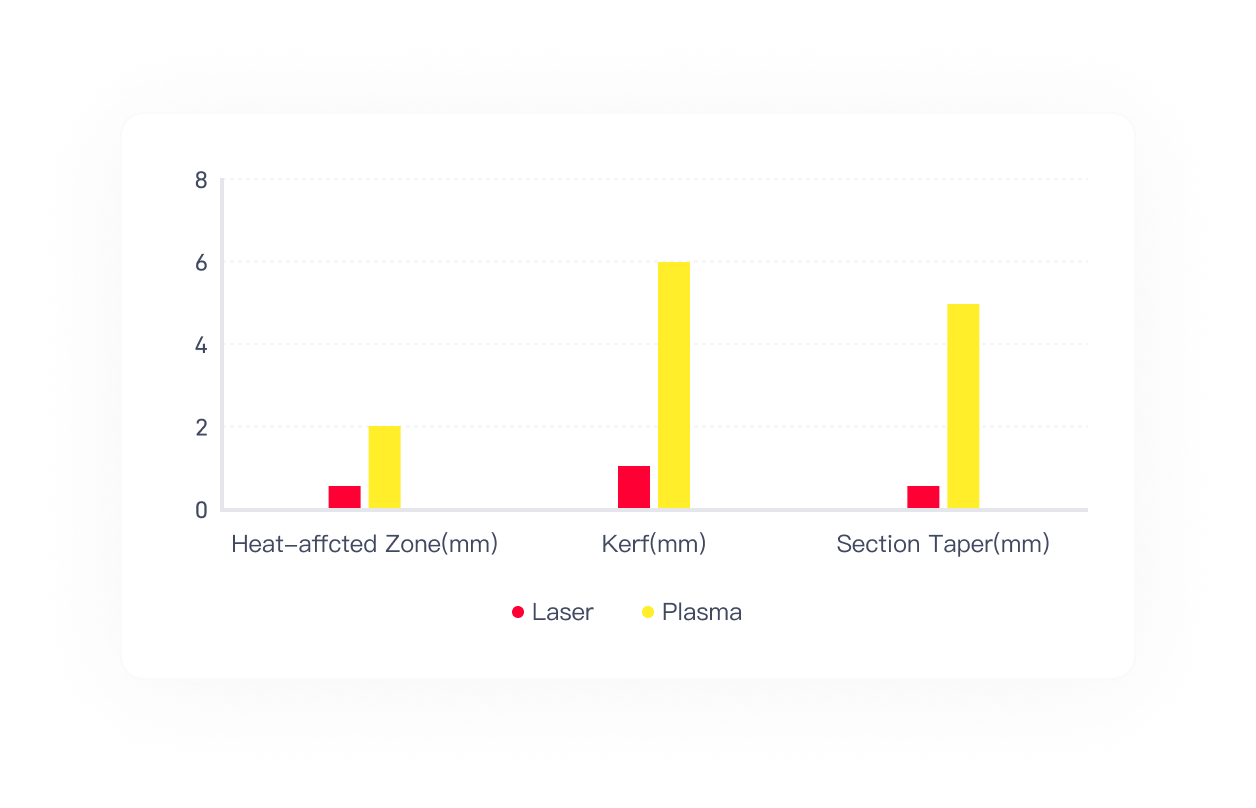
1. Heat-affected zone
Plasma cutting creates a heat-affected zone of 0.5 to 2.0mm, causing metal distortion because of the high thermal impact.
Conversely, laser cutting keeps the heat-affected zone restricted to a minimal 0.1-0.4mm so that profiles experience minimal deformation, yielding smooth edges and surfaces devoid of slag formation and significantly enhancing the quality of materials.
2. Kerf
Plasma cutting is not ideal for high-precision applications or complex designs. This is because it creates a wider kerf of 6mm. Moreover, plasma cutting often results in slag, dross, and rough edges, which generally require subsequent grinding and burnishing.
In contrast, laser cutting creates smooth metal parts with a 1mm kerf, free of burrs and scratches. This reduces friction, wear, and corrosion of steel structure products.
3. Taper
Laser cutters can reduce tapers, resulting in finished products with smooth edges. However, plasma users may require additional grinding to achieve the same effect.
Cut precision: farewell to secondary processing
High precision is a hallmark of laser cutting, with its high-density laser beam enabling positioning accuracy of 0.05mm, far surpassing plasma cutting's 0.4mm accuracy. The impact of this 0.35mm is significant due to the following reasons:
1. It minimizes roughness, ensuring the production of clean and sharp edges.
2. High precision enables the processing of intricate designs and complex shapes.
3. Precise cutting reduces the need for supplementary finishing processes, yielding high-quality results.
4. High precision guarantees consistent and reproducible outcomes, fostering uniformity in the finished products.
5. Achieving precise cuts reduces the requirement for rework, resulting in time and resource savings.
In short, laser cutting allows for intricate designs of structural steel without the need for additional finishing processes, ensuring a consistent final product.
Multi-functionality: mastering multiple tasks at ease
Manufacturers often use procedures like notching and beveling to fabricate profiles like H-beams and I-beams. These procedures are crucial in ensuring the stability of connection points. By creating notches and bevels, the contact area at connection points in welding and bolting can be enlarged, resulting in enhanced stability and load-bearing capacity.
Plasma cutters are capable of beveling, but the results may not be up to par:
1. The grinding process could lead to deep marks.
2. Plasma processing causes thermal deformation in steel plates.
3. The outdated system requires adjustments for variables, hindering real-time precision modifications and high-quality part production.
As plasma cutters may not be suitable for notch cutting, many companies have to use additional tools, such as hand-held flame cutting machines, to create notches. However, such a method is also unsatisfying, resulting in poor quality, low efficiency, and high labor costs.
In contrast, CNC laser cutting machines are ideal for various fabrication tasks. They are intelligent and highly versatile, providing a comprehensive solution for various profile fabrication tasks, including cutting-off, notching, holemaking, and beveling. This multi-functionality streamlines the production process, eliminating the need for additional manual work and ensuring high-quality results.
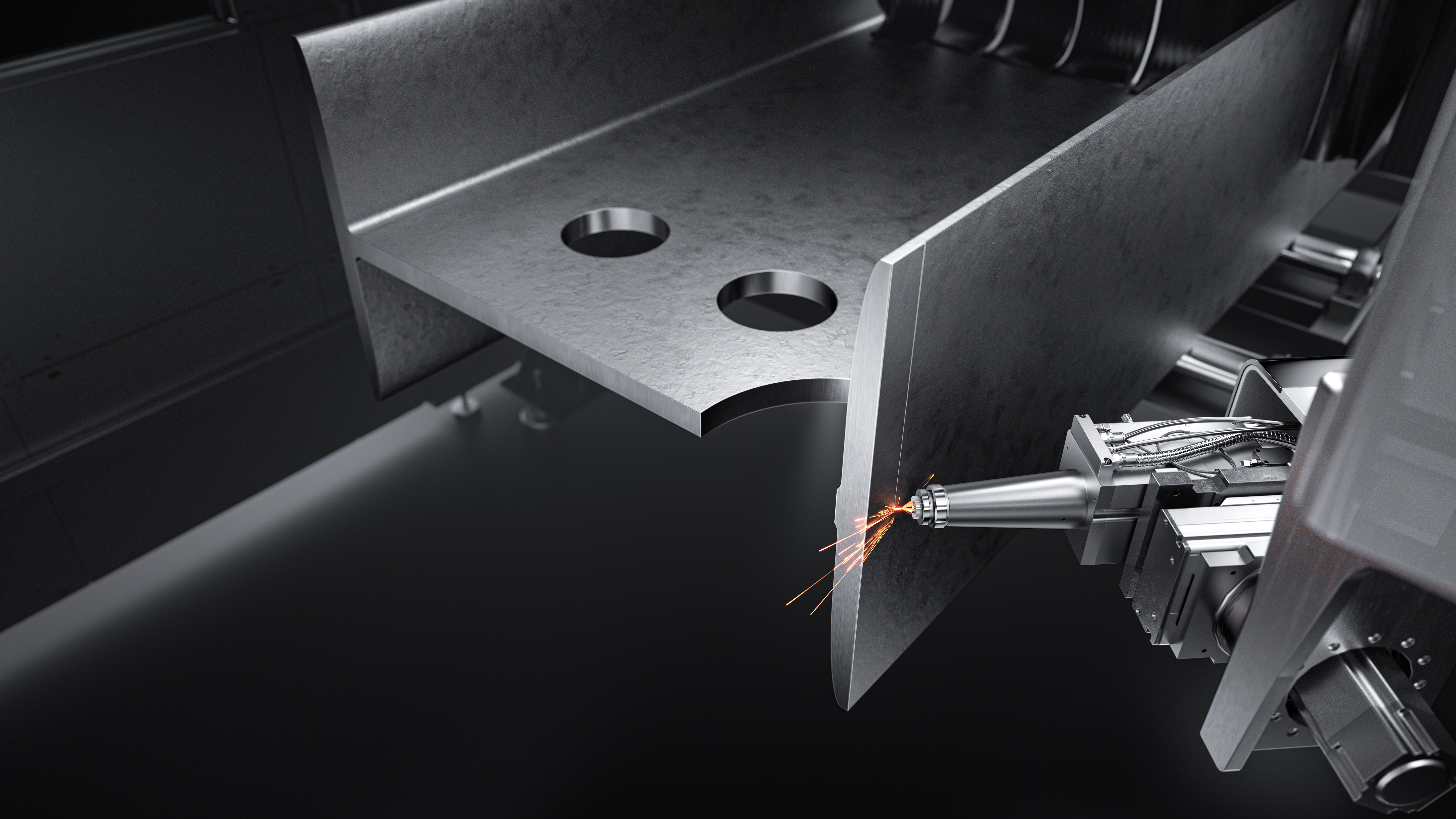
In summary, laser cutting provides lightning-fast speed, exceptional cost-effectiveness, outstanding quality, unparalleled precision, and remarkable multi-functionality. Therefore, it's advisable for structural steel fabricators to benefit from the many advantages of laser technology.
Are you ready to take your structural steel fabrication to the next level? Look no further than the Bodor U10 Pro and the H series fiber laser cutting machines.
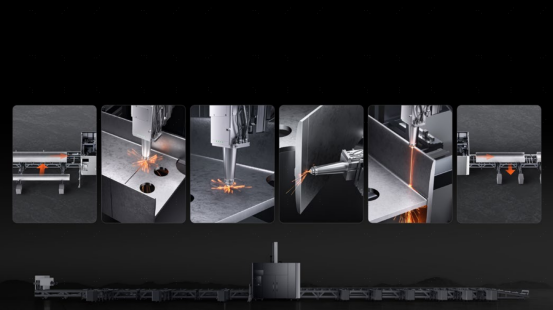
U10 Pro special structural steel laser
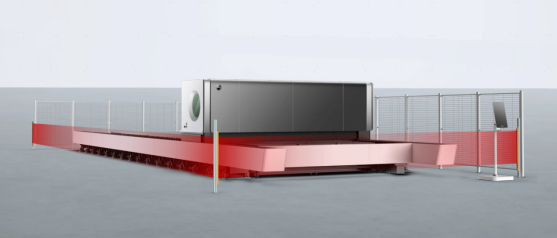
H series ultra-large format sheet fiber laser
Don't wait any longer to revolutionize your structural steel fabrication with Bodor's advanced laser solutions!




